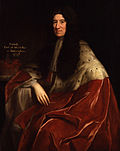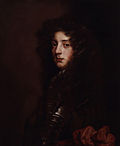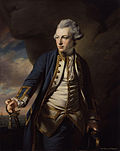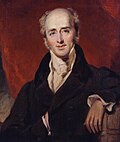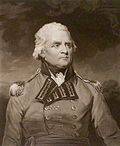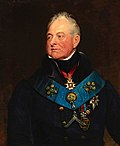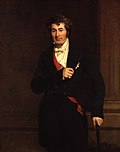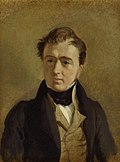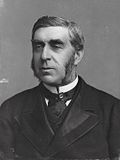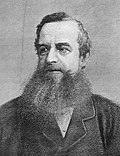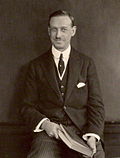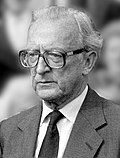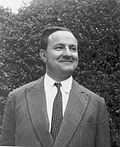| First Lord of the Admiralty | |
|---|---|
 | |
| Department of the Admiralty | |
| Status | Abolished |
| Member of | Board of Admiralty Cabinet |
| Reports to | Prime Minister |
| Nominator | Prime Minister |
| Appointer | Prime Minister Subject to formal approval by the King-in-Council |
| Term length | Not fixed typically 3–7 years |
| Formation | 1628 |
| First holder | The 1st Earl of Portland |
| Final holder | The 2nd Earl Jellicoe |
| Abolished | 1964 |
| Superseded by | Secretary of State for Defence |
First Lord of the Admiralty, [1] or formally the Office of the First Lord of the Admiralty, [2] was the title of the political head of the English and later British Royal Navy. He was the government's senior adviser on all naval affairs, responsible for the direction and control of the Admiralty, and also of general administration of the Naval Service of the Kingdom of England, Great Britain in the 18th century, and then the United Kingdom, including the Royal Navy, the Royal Marines, and other services. It was one of the earliest known permanent government posts. Apart from being the political head of the Naval Service the post holder was simultaneously the pre-eminent member of the Board of Admiralty. The office of First Lord of the Admiralty existed from 1628 until it was abolished when the Admiralty, Air Ministry, Ministry of Defence and War Office were all merged to form the new Ministry of Defence in 1964. Its modern-day equivalent is the Secretary of State for Defence.
Contents
- History
- List of First Lords of the Admiralty
- First Lords of the Admiralty of England (1628–1701)
- Senior Members of the Lord High Admiral's Council (1702–1709)
- First Lords of the Admiralty of Great Britain (1709–1801)
- First Lords of the Admiralty of the United Kingdom (1801–1964)
- Boards, departments and offices under the First Lord
- Fictional First Lords
- References
- Attribution
- Sources







